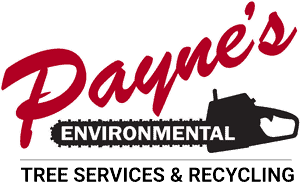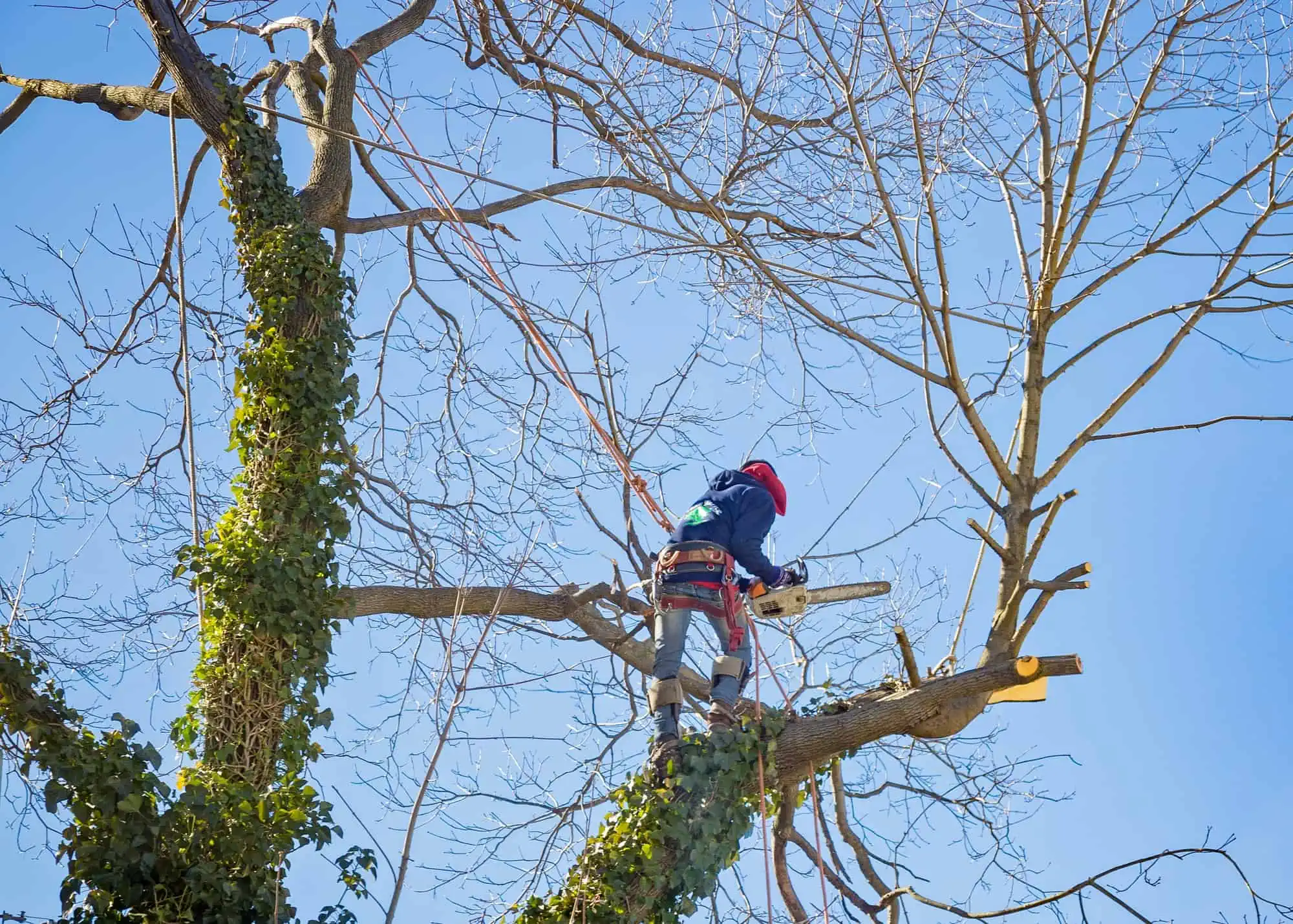Having trees in your garden is a great way to increase property value. Not just that, but it also provides you with shade on sunny days. However, removing a tree from your property is best if it no longer benefits you.
But before looking for a tree removal service, you should know the expected costs. Different factors can impact the cost of tree removal. So, to give you an idea, we’ll discuss some factors in this article. It will help you come up with an estimate for your tree removal.
Factors That Can Impact the Tree Removal Cost
While the average cost of tree removal can be around $1,000 to $1,200, you must consider the following factors first. It can be higher or lower than the average price, depending on the issues and conditions the service provider comes across when removing the tree.
Physical Obstacles
If there is nothing in front of the tree and it is a straightforward process to remove the tree, then you wouldn’t have to worry about incurring a high cost for it. But, if an obstacle can make tree removal difficult, you might have to pay a higher price. Some examples include:
- There isn’t enough room for the tree to fell
- The tree is not in good condition
- Plants or other trees that make it difficult to remove the tree
- Limited access to vehicles
Besides these few obstacles, anything that can make it difficult for the service provider to remove the tree will add up the cost.
Get Your Fast and Free Tree Service Estimate.
No Obligations. Residential or Commercial.
Removing the Tree on an Emergency Basis
You must pay a higher price if you need anything urgently. The same is true for tree removal services, which will cost more if you require someone to visit your home at the earliest.
Generally, it will cost you two or even three times more if you choose to go for emergency tree removal. There can be different factors that would require urgent services, such as the tree threatening your house structure or your neighbor’s house, etc.
Tree’s Species, Height, and Volume
One of the most critical factors that will impact the cost of the tree is its species. Different tree species have varying heights and volumes, impacting the tree removal cost.
For instance, trees like maple and pine tend to have a height of around 100 feet. So, it can cost you around $1,800 to $2,000 or even more than that to remove. On the other hand, trees like oak have a height of around 80 feet, which is why it might cost you around $800 to $1,500.
Also, height isn’t the only factor that can impact the tree removal cost. Volume is also a critical factor that affects the price. For instance, the Italian Cypress tree has an average height of around 50 to 60 feet, but they have thin trunks and light root systems.
Some professionals might easily tip it over and remove it without any issues. Therefore, the cost of removal for such trees will be relatively less. Similarly, palm trees have a high height, but they lack volume. So the cost of removing palm trees would also be relatively lower than other tree species.
Stump Grinding
Most people do consider factors associated with the removal of trees. However, they don’t consider those things that can impact the cost once the tree is removed. Stump grinding is one such thing that many people don’t consider. The stump is the part that is left once the tree is removed.
While it will degrade after some years, new sprouts can develop from the stump. Therefore, it becomes necessary for you to grind down the tree stump. It can cost you an additional $300 to $400 but might vary depending on the conditions.
There is a unique stump-grinding tool that the tree removal service provider uses to shred the stump. They will shred the stump just before it is only six inches below the soil’s surface.
How Can You Cut Down the Cost of Tree Removal?
Homeowners would want to cut back on the cost of tree removal, but they need help figuring out how to do it. There are a few ways that can allow you to save money when getting a tree removal service. You can do some work to leave fewer things for the service provider to handle.
For instance, you can clear the low-hanging limbs or remove the fallen branches. Also, ensure that there is clear access to the tree, so it doesn’t add up to the cost. If any fences or obstacles are blocking the way, you should take them down.
Also, the urgency can impact your costs. So, if the tree isn’t a threat to your house structure or other houses nearby, you can wait until the off-season to clear the trees. It will save you from paying twice for the usual tree removal service.
Ideally, most tree companies find it best to remove the trees from November to March. The primary reason is that the trees have no leaves during autumn, making removing the trees easier.
You can observe the tree during the summer because it is n the growing stage. If you see any signs of your tree requiring a removal, you should schedule a service in the autumn period. But if the tree is in hazardous condition, it is best to go for a removal service immediately.
The Bottom Line – Choose the Best Tree Removal Service
We hope you now have a clear idea about the factors that can impact the cost of tree removal services. An important thing to note is that you must choose a reputable service provider who can handle the entire process. So, choosing a well-known service provider like Payne’s Environmental Services for your tree removal is best. We have experts that can have years of experience in handling everything. Call us at 813-677-6822, and our agents will be more than happy to assist you.




